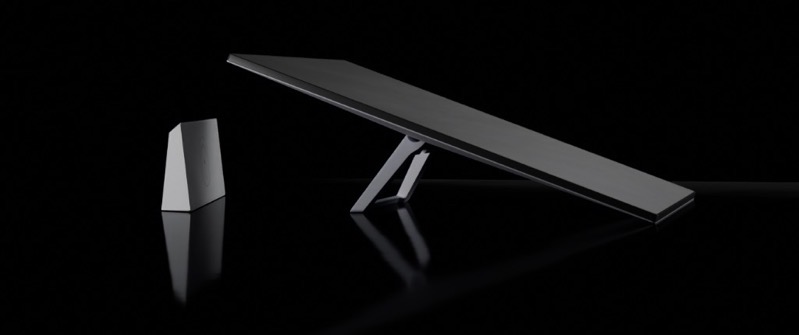
SpaceX Gets FCC Approval for New Starlink Dishes on Moving Vehicles
SpaceX has received the go-ahead from the Federal Communications Commission (FCC) to operate its new “V4” and upcoming “mini” Starlink dishes on moving cars, ships, and planes.
Initially, the FCC granted SpaceX a license in September for these next-generation dishes, but only for stationary use. Last week, the regulatory body extended this license to include use on aircraft, vessels, and mounted vehicles, reports PCMag.
This development follows objections from Dish Network, which had requested the FCC to deny SpaceX’s application for mobile use, citing concerns about potential radio interference. SpaceX countered these claims, arguing that Dish was attempting to hinder a successful competitor. The FCC previously approved Starlink dishes for moving vehicles in 2022.
The new license enables SpaceX to broaden the distribution of its next-generation Starlink equipment in the US for various applications. The V4 dish has already been introduced to replace the older residential Starlink dish, while the mini Starlink dish is anticipated to launch later this year. This smaller dish is designed to provide portable satellite internet access for users on the move.
Although SpaceX has not announced a specific release date for the mini Starlink dish, the company may have been awaiting this FCC approval before launching the product. The mini dish is intended to offer a convenient solution for consumers needing internet access in remote locations.
In the meantime, SpaceX has been making strides in equipping commercial planes and cruise ships with Starlink dish technology. Recently, the company reported that Starlink has been installed on over 200 cruise ships globally.
SpaceX also offers Starlink services for vehicles such as RVs, though this typically requires the high-performance flat dish. According to SpaceX, without this specialized equipment, mobile data use is limited to speeds below 10 mph.
Yesterday, SpaceX shared that it successfully tested its first video call using Direct to Cell Starlink satellites, giving a glimpse of a video test on X.


